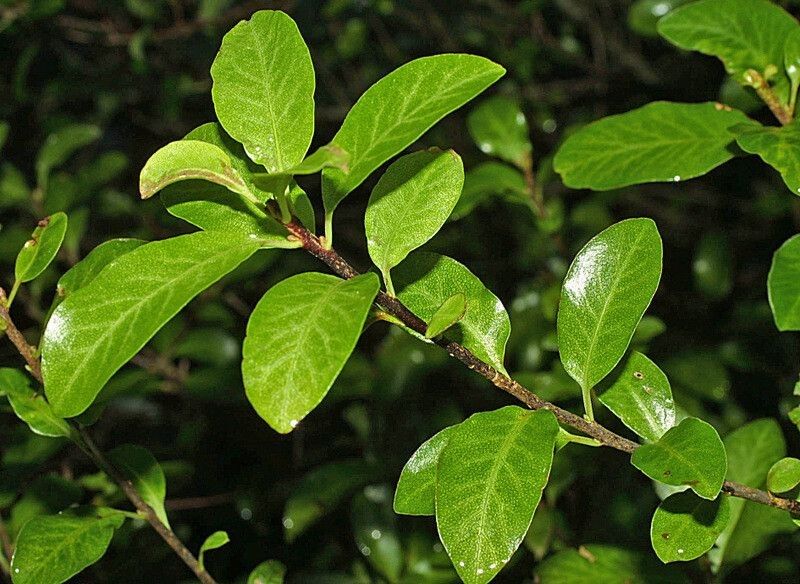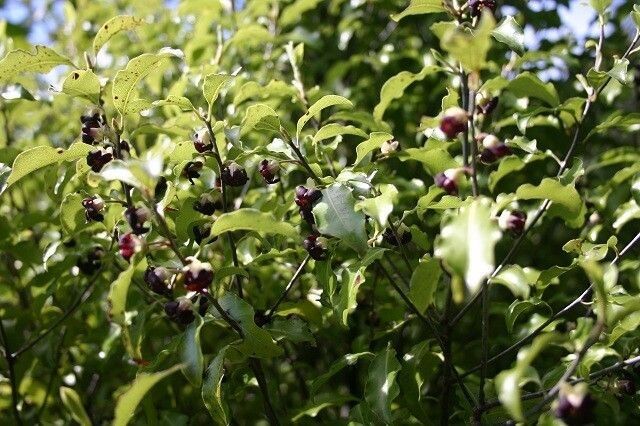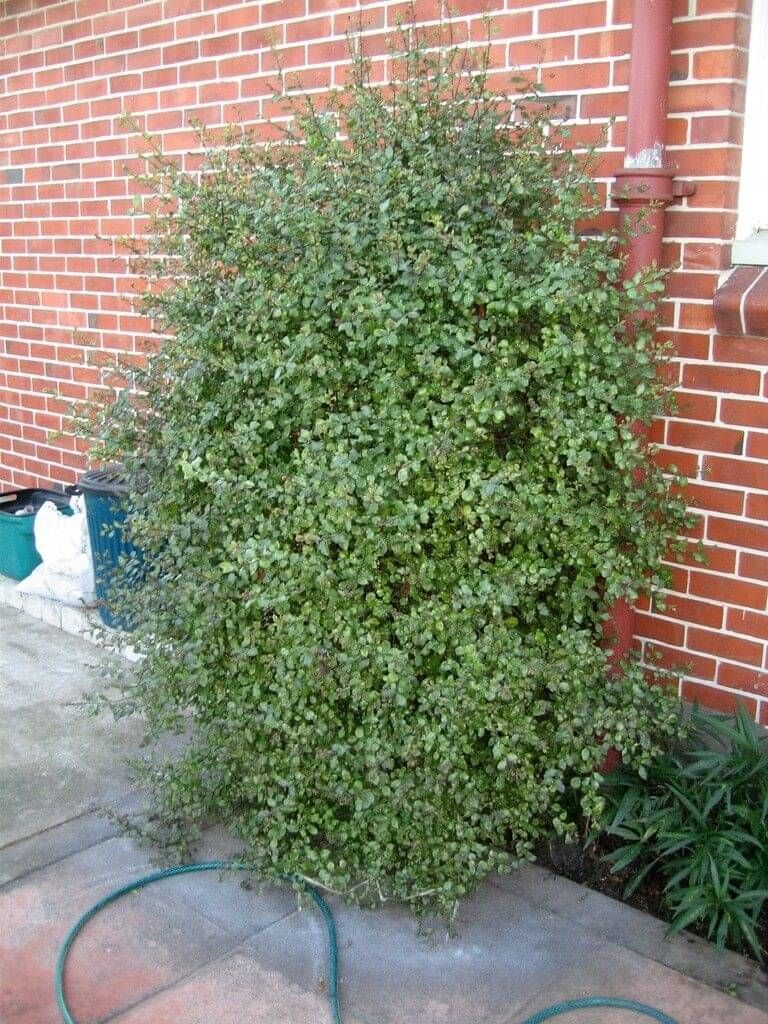kōhūhū (Pittosporum)
Where is it found?
Pittosporum patulum is found only in the eastern South Island, occurring in northwest Nelson and sporadically from inland Marlborough to Wanaka.
It occurs in sub-alpine scrub and in canopy gaps of mountain beech forest above 800 metres. It is sometimes locally common as a juvenile in the understory and occasionally forms a small tree in the sub-canopy. Most adult plants are found at open sites– avalanche terrain, river margins, on bluffs or above the tree line.
Pittosporum patulum is notable for having distinctly different juvenile and adult stages of growth. Juveniles have a single stem, with sparse branches and dark, narrow leaves that are toothed along the edges.



Threats
It is likely that Pittosporum patulum has always been a naturally uncommon species in our forests, with a special requirement for disturbance.
However, browsing by introduced mammals has caused the decline of this species and poses a major threat today. Possums in particular appear to target adult plants, causing severe canopy defoliation and death, which is likely to be the reason why so few adults remain in most populations today. Deer and goats also contribute to the decline of this species by browsing saplings and seedlings. Rodents are known to eat Pittosporum patulum seed in the litter beneath adult trees. Browsing insects also have the ability to deform new growth.
Facts
Adults are small trees, with whitish-grey smooth bark, many spreading branches at their tops, and leaves that are shorter, broader and less toothed than juveniles.
Adult trees produce flowers during late spring and early summer. The flowers are dark red, cupshaped and very fragrant.
The seeds are probably dispersed by birds but very little is known about how flowers are pollinated.
With thanks to the Department Of Conservation as the source for this information and images